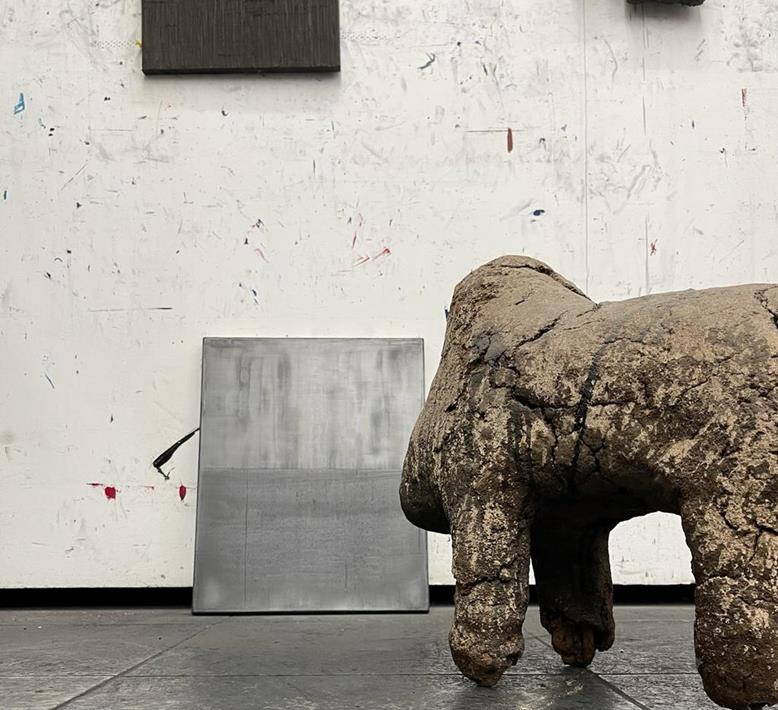Washington Post’s released report revealed, most of the human brain specimens held by the Smithsonian National Museum of Natural History were gathered without consent.
“The vast majority of the remains appear to have been gathered without consent from the individuals or their families, by researchers preying on people who were hospitalized, poor, or lacked immediate relatives to identify or bury them,” wrote Washington Post reporters Nicole Dungca and Claire Healy, who noted that Smithsonian records showed only four brains still in the institution’s collection as coming from people or families who willingly donated their organs. “In other cases, collectors, anthropologists and scientists dug up burial grounds and looted graves.”
Ales Hrdlicka, in 1903 the first curator of physical anthropology of the U.S. National Museum, now the Smithsonian Institution National Museum of Natural History, is at the center of the yearlong investigation analyzing the human remains still in the museum’s possession. Hrdlicka, a longtime member of the American Eugenics Society, collected body parts, including brains, to promote and develop now debunked theories about anatomical differences between races.
As a result, most of the 255 brains held in the museum’s collection were removed upon death from people of color, including 57 from Black people who died in the United States, many obtained through unethical practices. There were also brains from 23 Filipinos and 49 poor Germans “whose bodies were unclaimed between 1908 and 1912.”
The brains are part of the museum’s collection of “at least 30,700 human bones and other body parts,” one of the largest in the world but representing “an unknown number of people.”
While the Native American Graves Protection and Repatriation Act was passed in 1990, the law means the Smithsonian only has to inform Native American, Alaska Native, or Native Hawaiian communities about the remains in its collection. Dungca and Healy found relatives of Mary Sara, who had no idea Sara’s brain had been taken by a physician after her death in 1933 and mailed to the museum.
Out of “at least 268 brains,” the reporters also found that officials at the Museum of Natural History museum had repatriated only four of them to descendants or cultural heirs.
In April, Smithsonian Secretary Lonnie G. Bunch III issued a statement announcing the creation of a task force to address the disposition of the human remains held by the institution as well as apologizing for past unethical practices.
“What was once standard in the museum field is no longer acceptable,” Bunch wrote in the statement, issued while the Post‘s investigation was in process. “We acknowledge and apologize for the pain our historical practices have caused people, their families and their communities, and I look forward to the conversations this initiative will generate in helping us perform our cutting-edge research in a manner that is ripe with scholarship and conforms to the highest ethical standard.”
“I know that so much of this has been based on racist attitudes, that these brains were really people of color to demonstrate the superiority of White brains, so I understand that is just really unconscionable,” Bunch told the Washington Post. “And I think it’s important for me as a historian to say that all the remains, all the brains, need to be returned if possible, [and] treated in the best possible way.”
Bunch also told the Post reporters he knew “absolutely nothing” about the Smithsonian’s brain collection prior to becoming secretary in 2019, and learned about it only in 2022 after the adoption of a formal policy on ethical returns for human remains and other objects taken without consent.
While the Smithsonian encompasses research facilities, 21 museums, and the National Zoo, the National Museum of Natural History is its most popular and holds the majority of the organization’s human remains. The National Museum of the American Indian, the only other Smithsonian museum that also has body parts, told the Washington Post it still has 454 remains and has repatriated 617.







